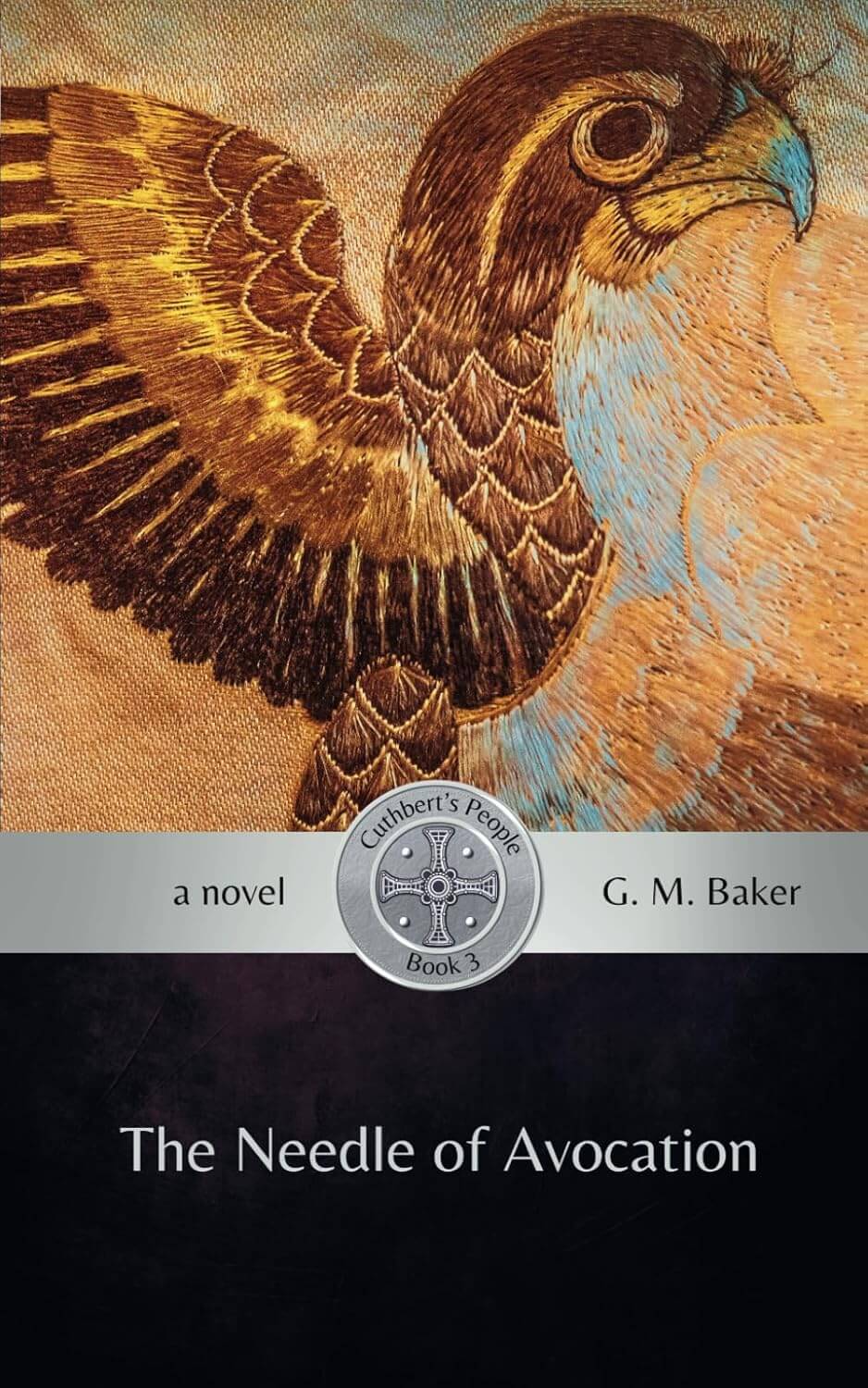Genre
Audience
Author’s Worldview
Catholic
Year Published
2023
Themes
Reviewed by
Corinna Turner
Hilda has lived her life in the shadow of her beautiful, vivacious sister, Elswyth. Despite Elswyth’s recent kidnapping by Vikings, Hilda still cannot escape her sister’s legacy—or her destiny. For it is now Hilda, with no accolade to her name other than that of being the best needlewoman in Northumbria, who must marry the Ealdorman’s son and heir, Anfaeld. But Anfaeld’s parents will seize any excuse to set aside the advantageous match that Hilda’s mother so desperately desires. When Anfaeld’s mother explains the life of an Ealdorman’s wife—constant travel, constant social duties, no time for embroidery—Hilda makes up her mind almost on the spot to enter a convent instead. But a wise abbess insists that first, she discover why Anfaeld wants to marry her. As a web of truth and lies unravels with potentially deadly consequences, will Elswyth destroy Hilda’s happiness yet again?
Needle of Avocation is the third Cuthbert’s People book, and the strongest book of a strong series. Certainly, readers who like a little hope and happiness in their historical fiction, and who enjoy a strong character arc will relish this powerful story.
Needle of Avocation is even more character-driven than the previous two novels. Most of the drama is social and interpersonal, although the very real threat of a bloodbath of revenge hangs over the entire book. One of the chief pleasures of the book is watching a previously constrained character unfurl and bloom, and begin to become all she can be. The theme of vocation is discreet and very well-handled.
Reading this book also provides an interesting insight into aspects of Elswyth that were not apparent in the first two books. Elswyth haunts this third book too, yet by the end, Hilda has finally shaken off her sister’s shadow and become her own woman. Hilda is certainly a far from perfect character, but she is more level-headed and more inherently virtuous than Elswyth. Indeed, the difference in the ending of this book as opposed to that of the previous two (explicitly Elswyth-focused) books cannot but bring to mind reflections on the just rewards of virtue.
The novel has strong secondary characters, especially Abbess Wynflaed and King Eardwulf from book 2, as well as excellent new characters like Anfaeld and Queen Claennis. The characters are multifaceted and imperfect, but Baker makes the reader identify with, and care about them. As usual, the historicity of Baker’s worldview feels very real and compelling, with no anachronistic attitudes forced in.
This book would be suitable for all fans of serious historical fiction who are happy with a significant romantic plotline. Most secular readers with an interest in the period will have no issues with this book. Although Christianity is a significant part of the backdrop of life in the novel, it is not discussed in as much detail as in the earlier books. Both Protestant and Catholic readers are likely to find certain characters’ preoccupation with virtue and truth of particular interest. Most teens would enjoy this book as much as adults, although it is not a YA novel (not because of significant sexual content but because of the complexity and subtlety of the themes addressed).
A very satisfying and page-turning conclusion (at least for now) to an unusually strong historical series.



